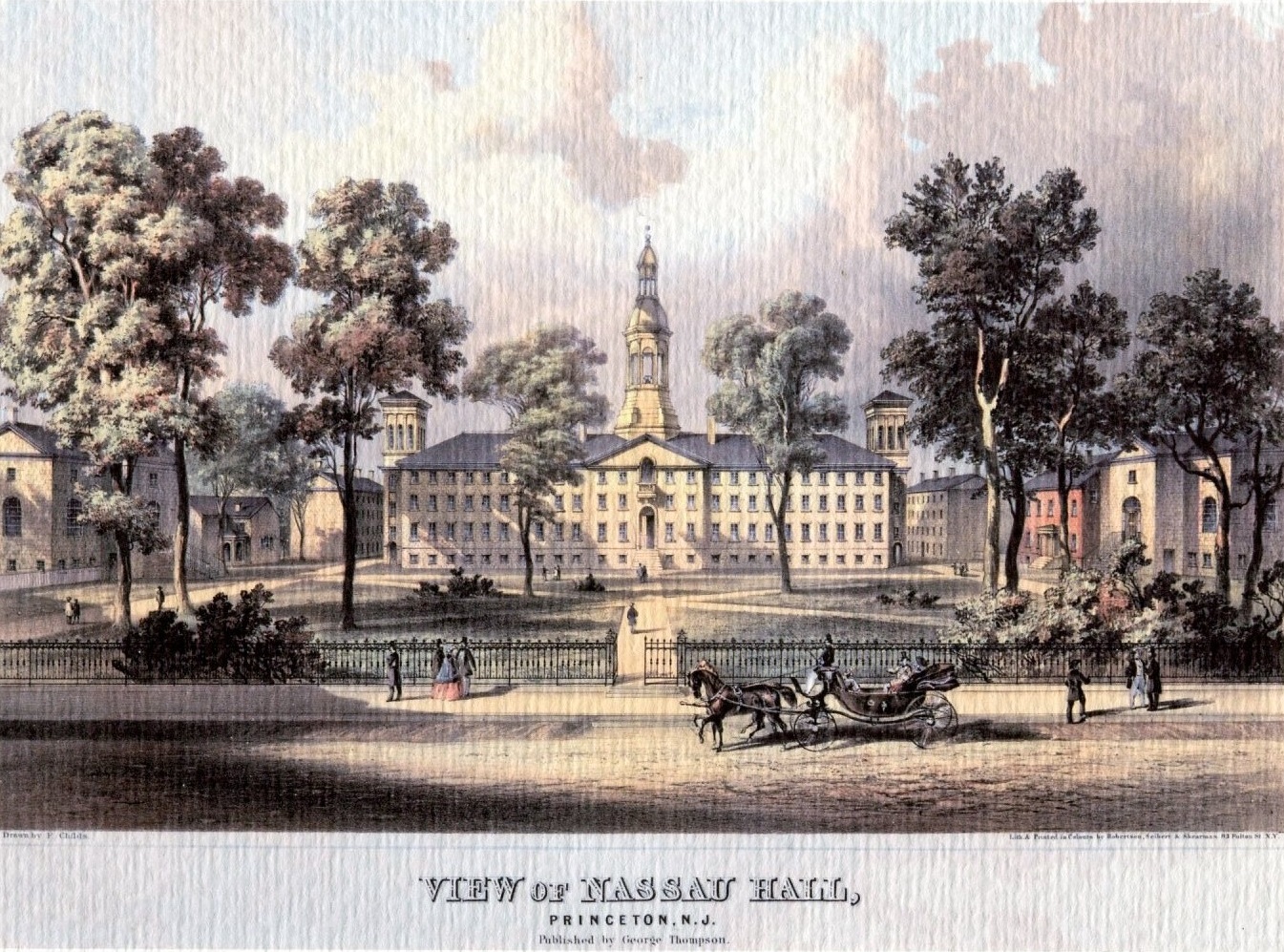-
Early LGBTQIA+ Publishing and Civil Liberties During America’s “Lavender Scare”
Documentation of LGBTQIA+ communities prior to the Stonewall riots of 1969 can be sparse. During the immediate post-World War II period, all manifestations of non-heterosexuality were under deliberate government attack within the era’s overall attempt to find and root out all “un-American activities.” Through a series of measures—the U.S. State Department purging employees with “homosexual…
-
A Princeton-Area Nazi Boys Camp and Civil Liberties in New Jersey in the 1930s
The people of Princeton were on edge one summer in 1934. Six miles away on the banks of the Delaware & Raritan Canal in Griggstown, 200 boys ranging in age between 8 and 16 from New York, Buffalo, and Philadelphia were camping in tents that bore swastika emblems, wearing uniforms apparently modeled on the “Brown…
-
Comic Books, Censorship, and Moral Panic
By Zachary Bampton ’20 Previously on this blog we covered the educational and political aspirations of comic books in American popular culture. Keen interest in comics as teaching tools–or as propaganda–reflected a public awareness of the power of the medium. However, Americans did not always receive comics well. In the 1950s, creative expression came into…
-
Comics as Education, 1950s-1980s
By Zachary Bampton ’20 From the 1950s onward, comics and their bright colors, bold drawings, and interesting stories have captivated a young American demographic. However, their popularity drew in other eyes, too. Civic and political groups took notice of this market audience and attempted to reach them by utilizing the medium as a teaching tool.…
-
The American Civil Liberties Union and the Fight Against Japanese American Internment
This Sunday marks the seventy-fifth anniversary of Executive Order 9066, which authorized the mass expulsion of Japanese Americans from the west coast of the United States. Specifically, the order allowed the Secretary of War to designate certain regions as “military areas” from which anyone could be expelled at the discretion of the Secretary or his…
-
The Right to Love: Loving v. Virginia and the American Civil Liberties Union
The film Loving, based on the Loving v. Virginia case, is now in expanded release in U.S. theaters. When Mildred and Richard Loving were married in June 1958, twenty-four states still had anti-miscegenation laws. For this reason, Mildred, a black woman who was also of Rappahannock and Cherokee Indian descent, and Richard, a white man, were…
-
ACLU Court Document Summons King’s Last Days
A recent reference inquiry brought to light a document within the American Civil Liberties Union (ACLU) Records that provides a record of one of the events that took place in the days surrounding the assassination of Dr. Martin Luther King, Jr. on April 4, 1968 in Memphis, Tennessee. W.J. Michael Cody, an attorney in Memphis,…
-
The Birth of the Civil Liberties Bureau and The National Civil Liberties Bureau,1917-1919
by: Professor Samuel Walker School of Criminal Justice University of Nebraska at Omaha This is the first part in a series that was introduced earlier. The fight for civil liberties during World War I originated with the Civil Liberties Bureau (CLB), formed as a committee of the American Union Against Militarism (AUAM) immediately after the United…
-
The National Civil Liberties Bureau and the Woodrow Wilson Administration
by: Professor Samuel Walker School of Criminal Justice University of Nebraska at Omaha This is part of a series that was introduced earlier. Roger Baldwin and Crystal Eastman began their work with the Civil Liberties Bureau confident that they had good relations with officials in the Woodrow Wilson administration. Many of these people knew each other…
-
Rodger Baldwin: From The Civil Liberties Bureau to the American Civil Liberties Union
by: Professor Samuel Walker School of Criminal Justice University of Nebraska at Omaha This is the first part in a series that was introduced earlier. Roger Baldwin was director of the National Civil Liberties Bureau (NCLB) from its founding as an organization independent of the American Union Against Militarism (AUAM) in October 1917 until his…
This blog includes text and images drawn from historical sources that may contain material that is offensive or harmful. We strive to accurately represent the past while being sensitive to the needs and concerns of our audience. If you have any feedback to share on this topic, please either comment on a relevant post, or use our Ask Us form to contact us.
